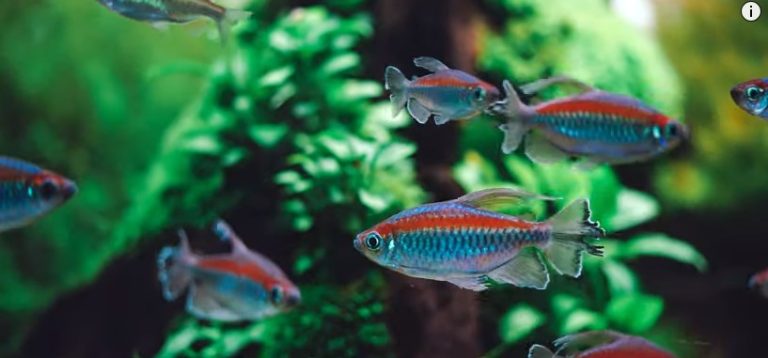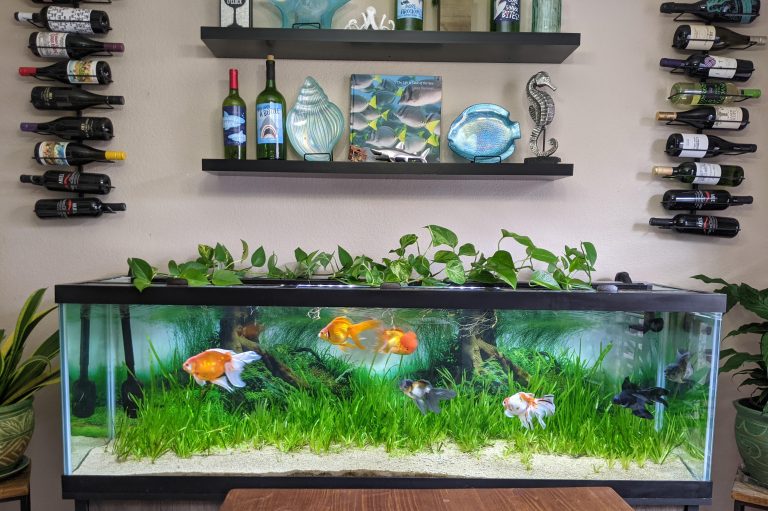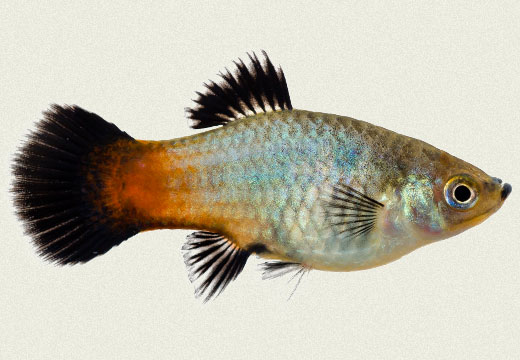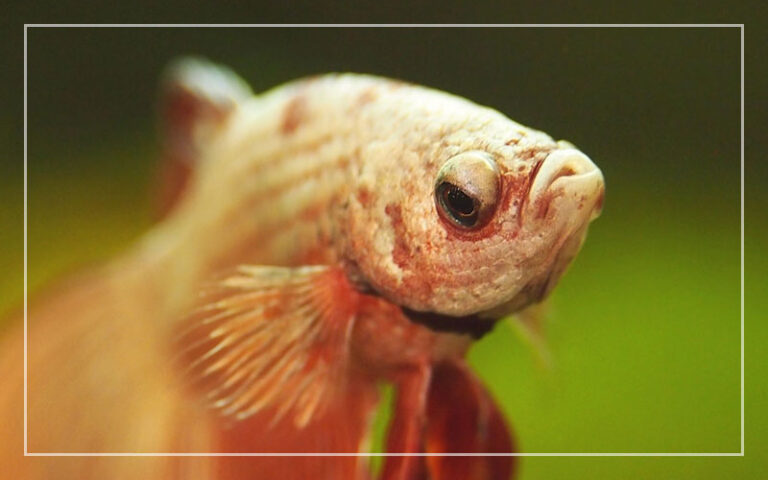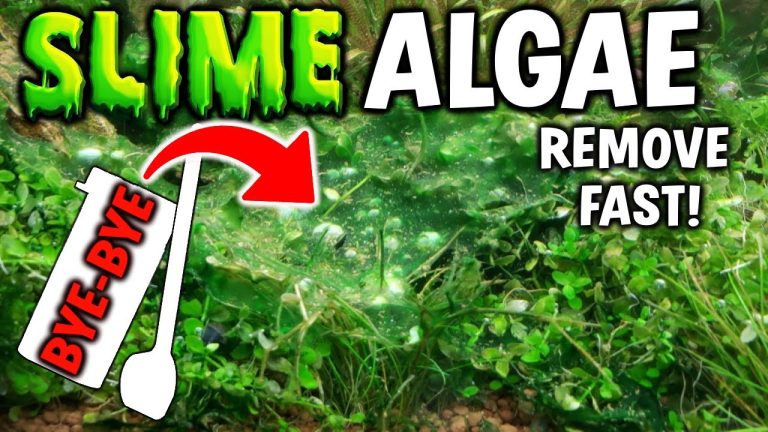Turtle Tank Nitrogen Cycle
The turtle tank nitrogen cycle is an essential process that ensures the health and well-being of your aquatic turtles. It involves the growth of beneficial bacteria that converts toxic ammonia into less harmful substances. Understanding and maintaining a proper nitrogen cycle is crucial for creating a thriving and balanced turtle tank environment. In this article, we will explore the various aspects of the turtle tank nitrogen cycle, including its importance, steps involved, and tips for maintaining it.
What is the turtle tank nitrogen cycle?
The turtle tank nitrogen cycle is a natural biological process that occurs in every aquatic environment, including fish tanks and turtle tanks. It involves the transformation of waste products, primarily ammonia, into less harmful substances through the action of beneficial bacteria. This process helps maintain the water quality and prevents the build-up of toxic substances that can harm turtles and other aquatic life.

The Importance of the turtle tank nitrogen cycle
Maintaining a healthy nitrogen cycle in your turtle tank is crucial for several reasons:
1. Elimination of toxic substances: The nitrogen cycle helps convert toxic ammonia, which is produced from turtle waste, uneaten food, and decaying organic matter, into less harmful substances like nitrite and nitrate. These byproducts are then utilized by plants and algae or removed through regular water changes.
2. Prevention of ammonia poisoning: Ammonia is highly toxic to turtles and can lead to ammonia poisoning, which manifests as symptoms like sluggishness, loss of appetite, and respiratory distress. A properly established nitrogen cycle prevents the accumulation of high ammonia levels, ensuring the health and well-being of your turtles.
3. Promotion of beneficial bacteria: The nitrogen cycle promotes the growth of beneficial bacteria, particularly nitrifying bacteria, in the turtle tank. These bacteria convert ammonia into nitrite and then further into nitrate. They play a crucial role in breaking down organic waste and maintaining a stable and healthy tank environment.
The Process of the turtle tank nitrogen cycle
The turtle tank nitrogen cycle occurs in several distinct stages, each involving different types of bacteria. Here is a breakdown of the process:
1. Stage 1: Ammonia phase: This phase begins when turtles produce waste, and uneaten food and organic matter start to decompose. The waste produces ammonia, which is highly toxic to aquatic life. Initially, the concentration of ammonia increases rapidly.
2. Stage 2: Nitrite phase: As the ammonia builds up, a group of bacteria called Nitrosomonas start to colonize the tank. These bacteria convert ammonia into nitrite through a process called nitrification. Nitrite is still harmful to turtles but is less toxic than ammonia.
3. Stage 3: Nitrate phase: Nitrite is further transformed into nitrate by another group of bacteria known as Nitrobacter. Nitrate is relatively harmless to turtles but can become detrimental in high concentrations. It is essential to remove excess nitrate through regular water changes and the use of live plants or specific nitrate-removing media.
4. Stage 4: Plant and algae phase: Nitrate is a nutrient source for plants and algae. Live plants in the turtle tank can utilize nitrate as fertilizer, helping to reduce its levels. Additionally, algae growth can help absorb excess nitrate. However, excessive algae growth can be problematic and should be controlled.
Tips for Maintaining the turtle tank nitrogen cycle
To establish and maintain a healthy nitrogen cycle in your turtle tank, consider the following tips:
1. Cycling the tank: Before adding turtles, it is crucial to cycle the tank properly. This involves establishing colonies of beneficial bacteria by adding a source of ammonia and allowing it to break down naturally over several weeks. You can use fish food, pure ammonia, or a product designed to kick-start the nitrogen cycle.
2. Regular water testing: Regularly test the water parameters, including ammonia, nitrite, nitrate, and pH levels. This will help you monitor the progress of the nitrogen cycle and identify any potential issues. Maintain ideal levels of ammonia (0 ppm), nitrite (0 ppm), and nitrate (below 20 ppm) to ensure a healthy tank environment.
3. Avoid overfeeding: Overfeeding turtles can lead to excess waste and an imbalance in the nitrogen cycle. Feed your turtles the right amount of food based on their size and species, taking care not to leave uneaten food in the tank. Remove any leftover food promptly to prevent ammonia spikes.
4. Regular water changes: Routine water changes are essential for removing accumulated nitrate and maintaining good water quality. Aim to replace 25-30% of the tank water every 2-4 weeks, depending on the nitrate levels and tank conditions. Use a dechlorinator to treat tap water before adding it to the tank.
5. Avoid medications and chemicals: Strong medications and certain chemicals can disrupt the nitrogen cycle by killing off beneficial bacteria. Use medications and additives only when necessary, and follow the instructions carefully.
6. Add live plants or nitrate-removing media: Live aquatic plants or specific nitrate-removing media can help absorb excess nitrate, improving the overall water quality and reducing the frequency of water changes. Choose plant species suitable for turtle tanks and ensure proper lighting and nutrient levels for their growth.
7. Monitor turtle behavior: Keep a close eye on your turtles for any signs of stress or illness. Watch out for symptoms like labored breathing, loss of appetite, or unusual behavior. Any sudden changes in behavior may indicate a problem with the nitrogen cycle or water quality.
By following these tips and maintaining a consistent routine, you can establish and maintain a healthy nitrogen cycle that promotes the well-being of your turtles and creates a thriving tank environment.
Frequently Asked Questions
Q: How long does it take for the nitrogen cycle to establish in a turtle tank?
The nitrogen cycle typically takes around 4-6 weeks to establish in a turtle tank. During this time, beneficial bacteria populations will grow and stabilize, converting ammonia into nitrite and eventually into nitrate.
Q: Can I add turtles to a tank while it is cycling?
It is not recommended to add turtles to a tank while it is still cycling. The high levels of ammonia and nitrite during the early stages of the cycle can be harmful to turtles. It is best to wait until the nitrogen cycle is fully established before introducing turtles.
Q: How do I know if the nitrogen cycle in my turtle tank is complete?
You can test the water parameters using a test kit to determine if the nitrogen cycle is complete. Look for zero ammonia and nitrite readings, indicating that the beneficial bacteria have established and are effectively converting waste into nitrate.
Final Thoughts
Maintaining a proper nitrogen cycle in your turtle tank is crucial for the health and well-being of your turtles. By understanding the process and following the tips mentioned in this article, you can ensure a thriving and balanced tank environment. Regular testing, proper feeding, regular water changes, and the addition of live plants or nitrate-removing media will help you maintain optimal water quality and prevent any issues associated with ammonia and nitrate toxicity. By investing time and effort into establishing and maintaining a healthy nitrogen cycle, you will create a safe and enjoyable habitat for your aquatic turtles to thrive.

